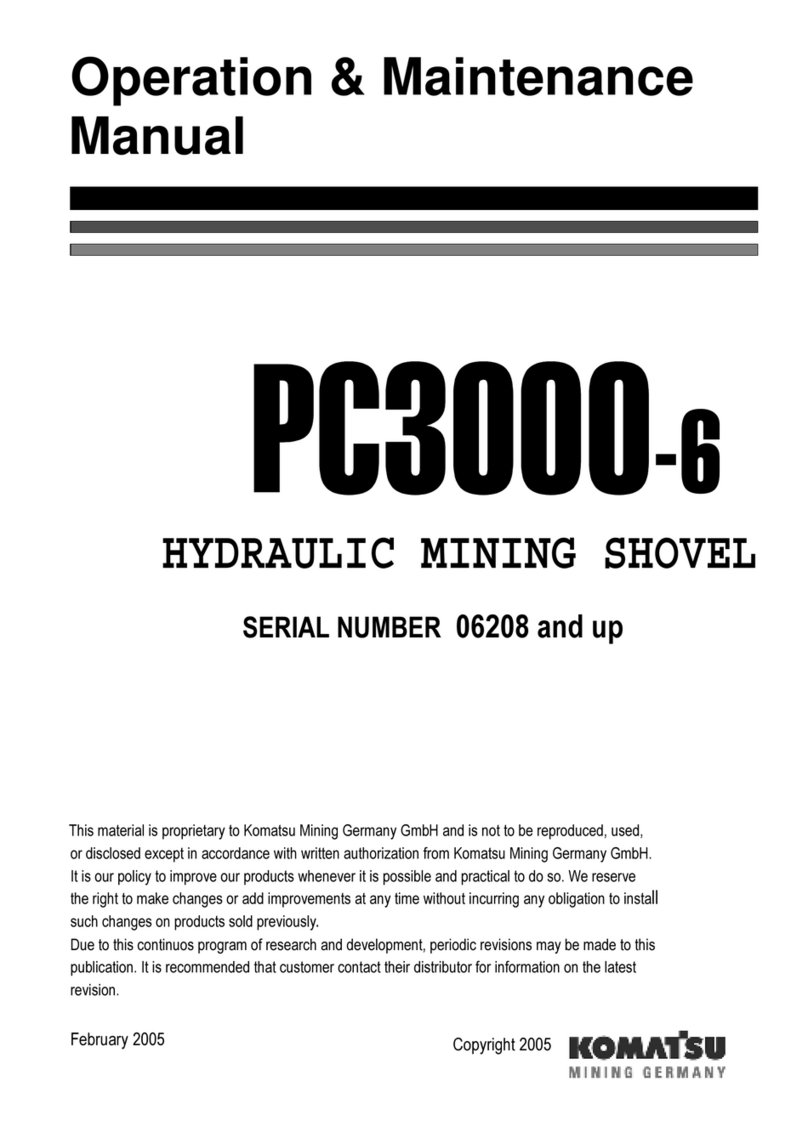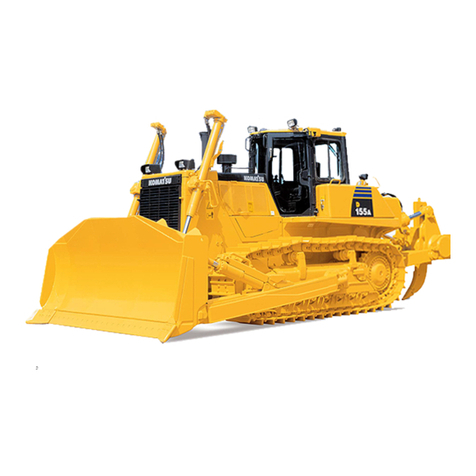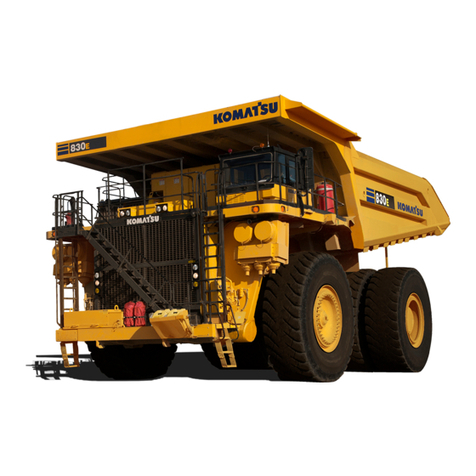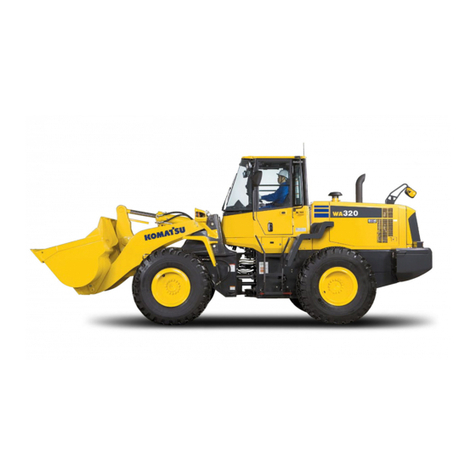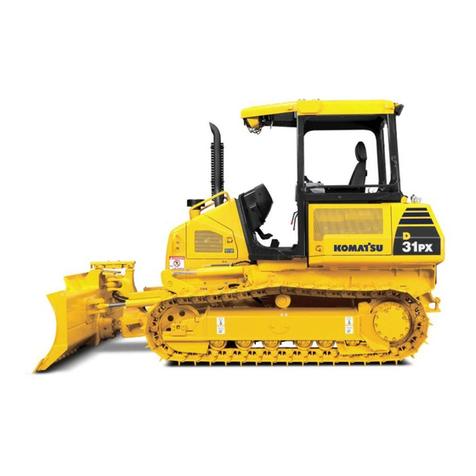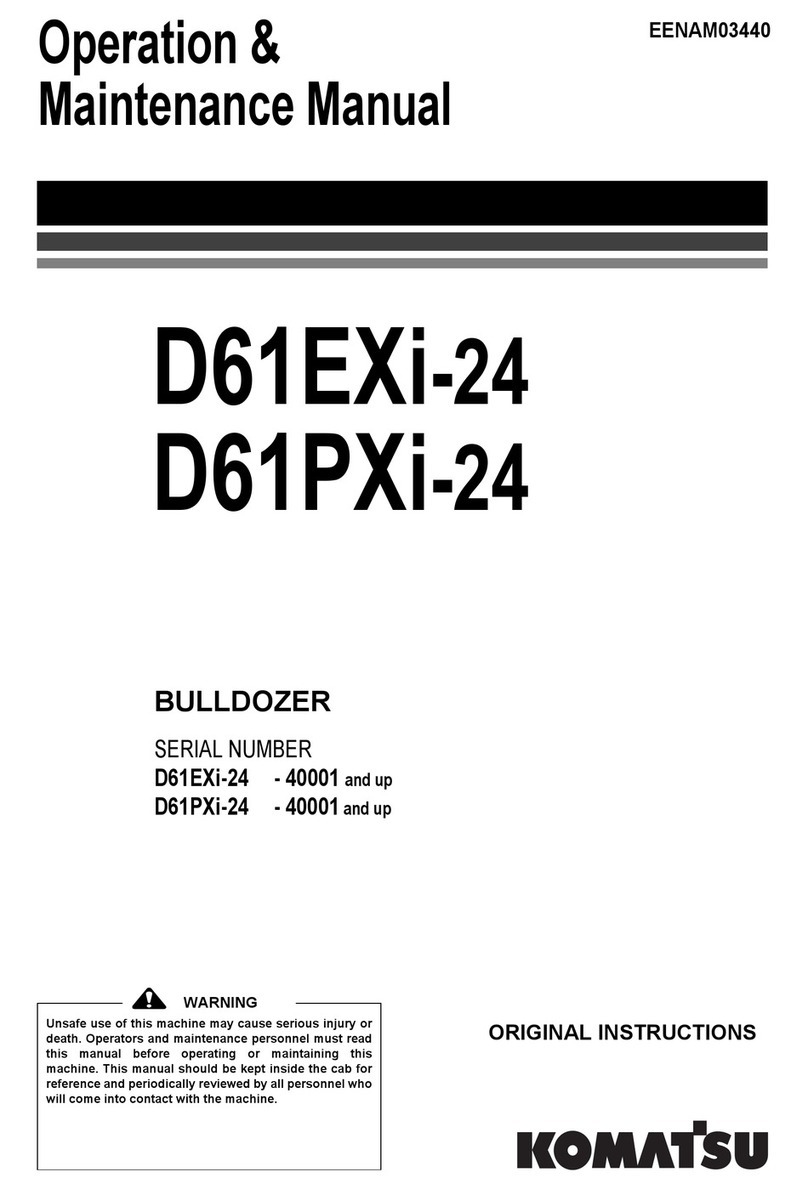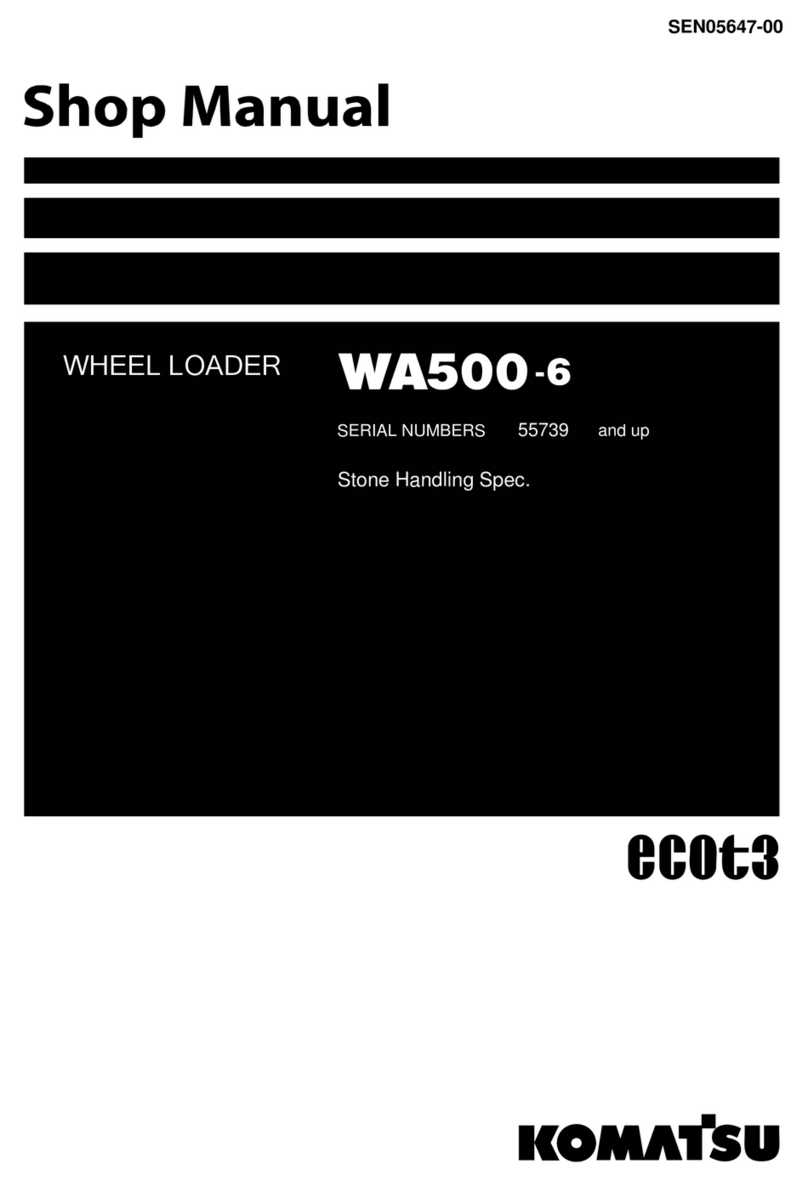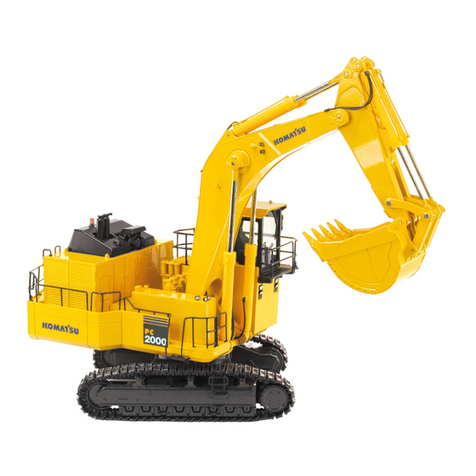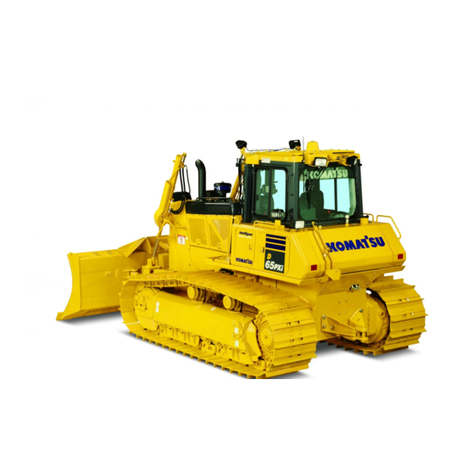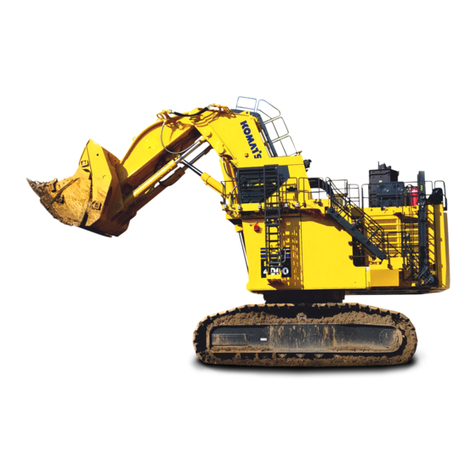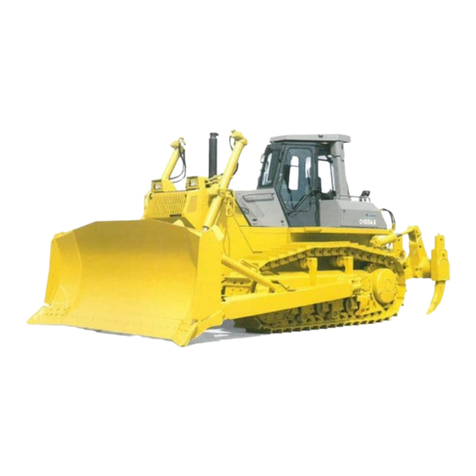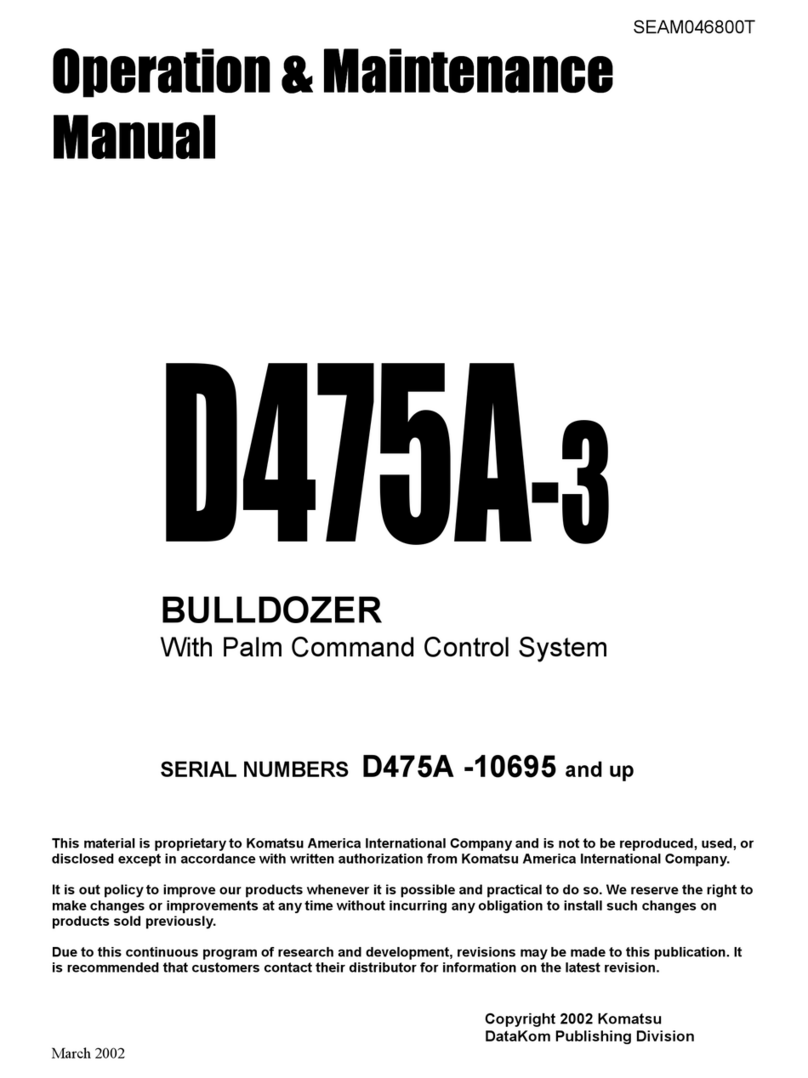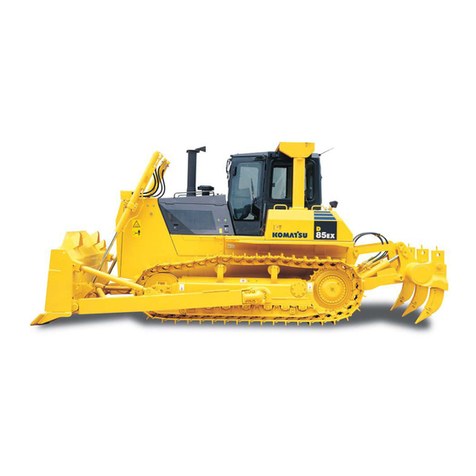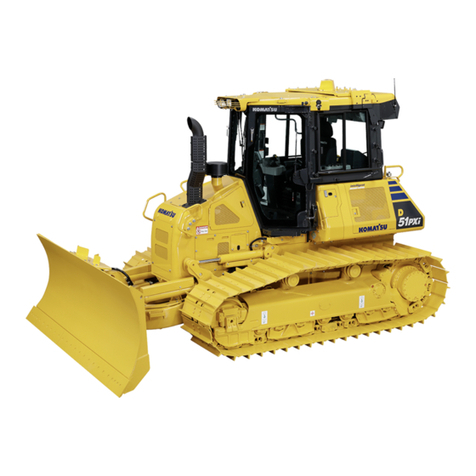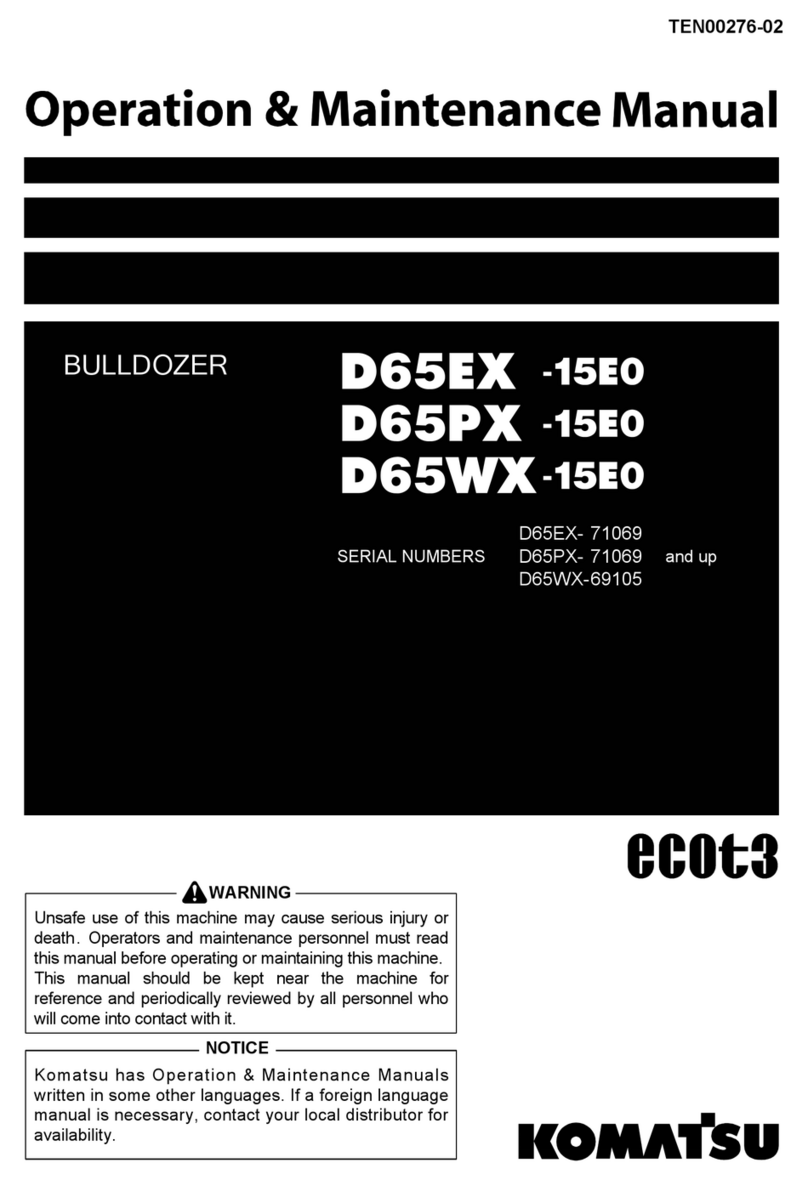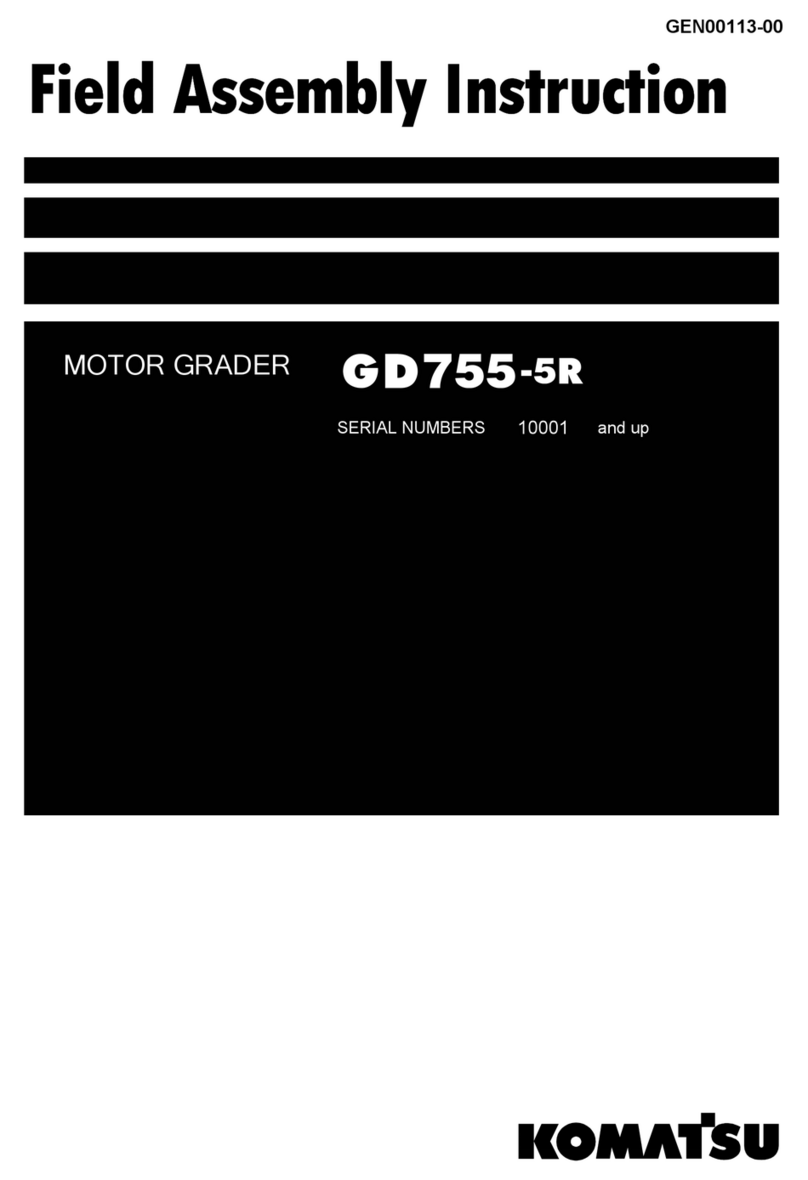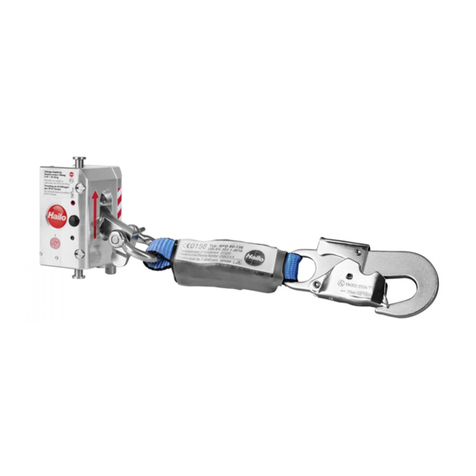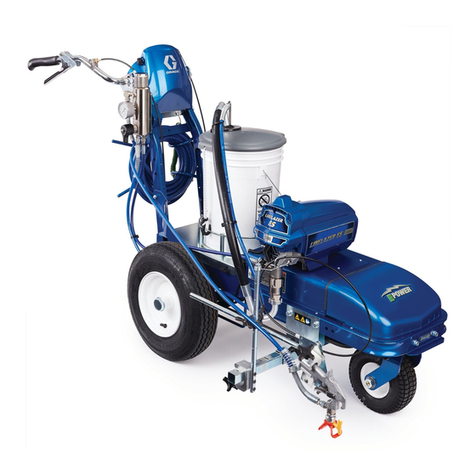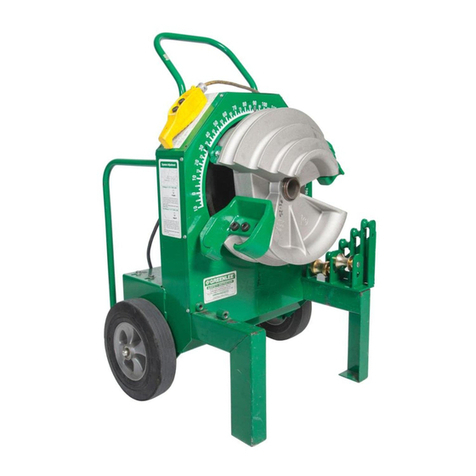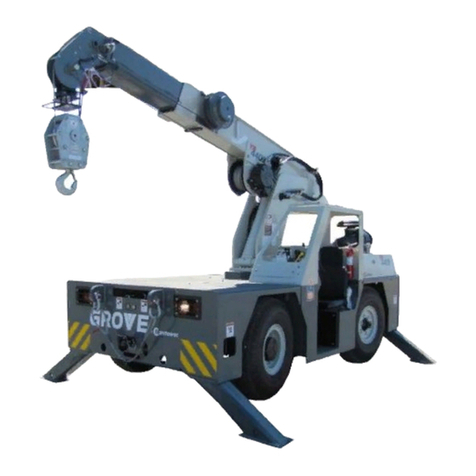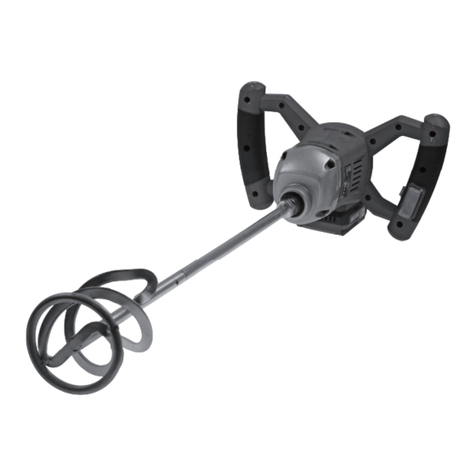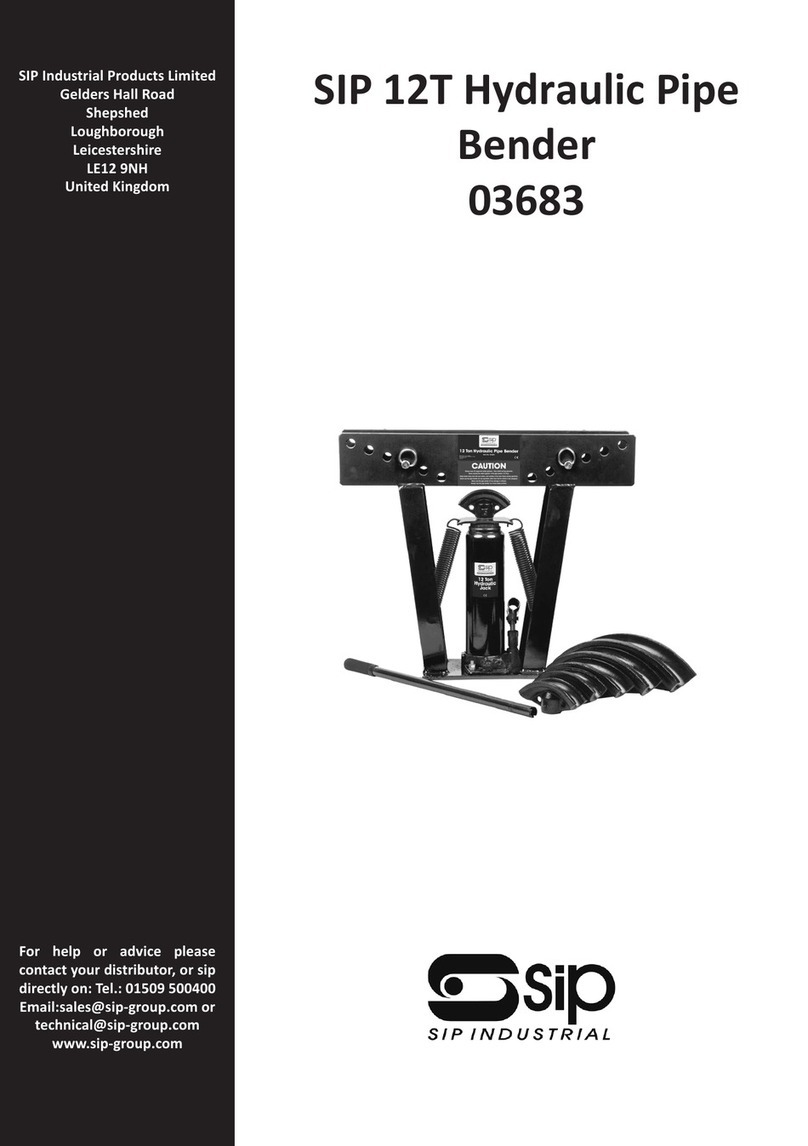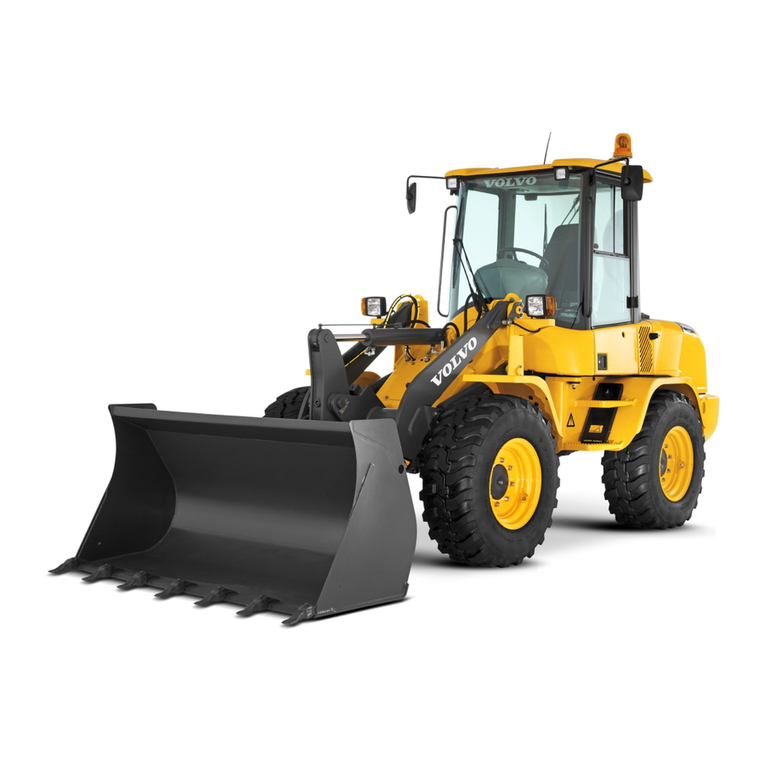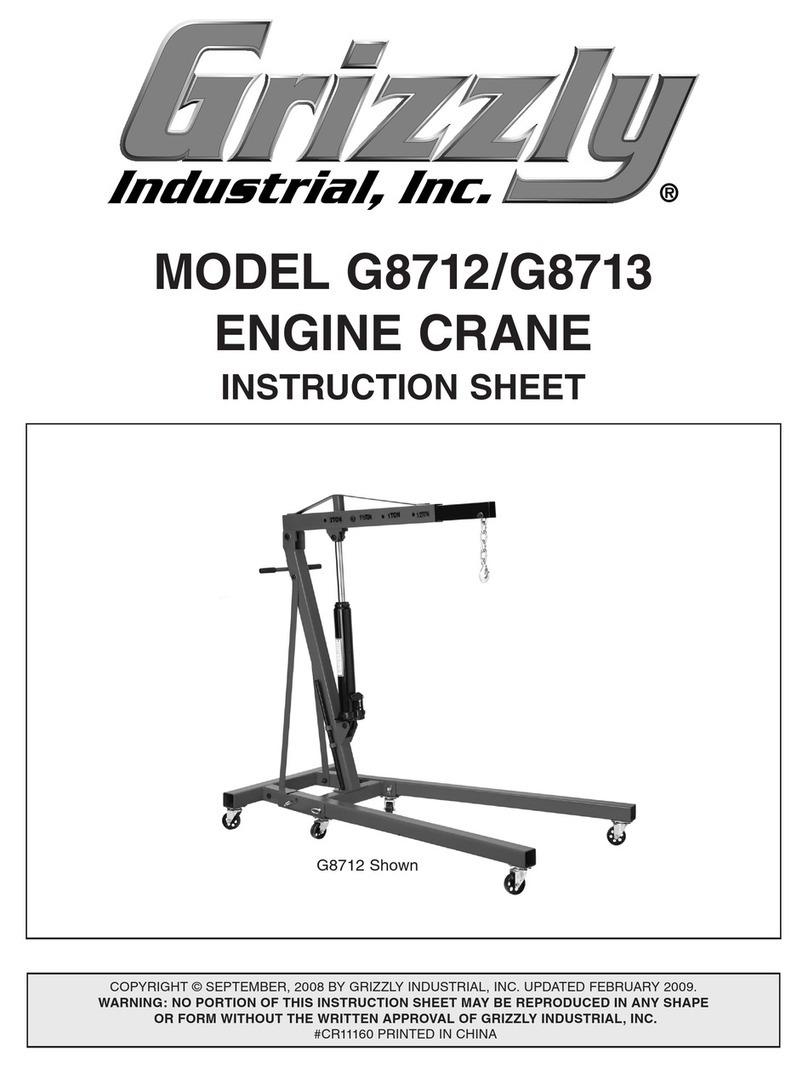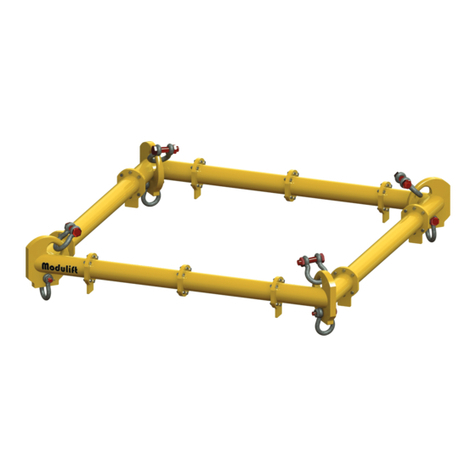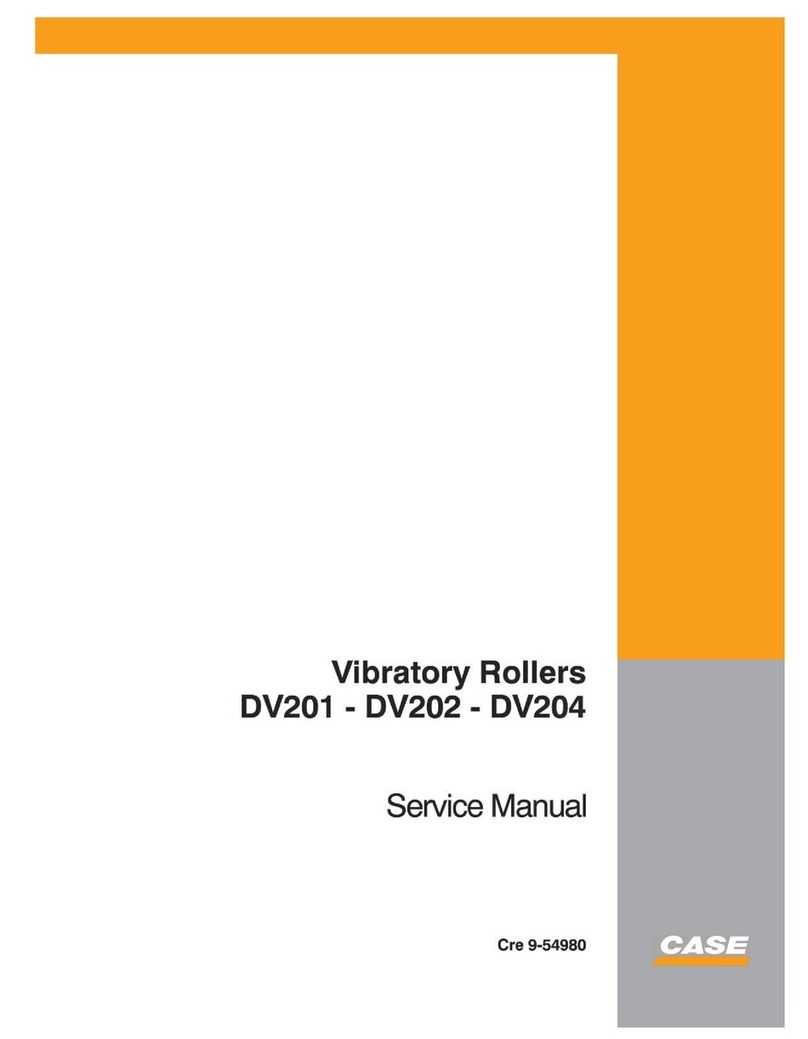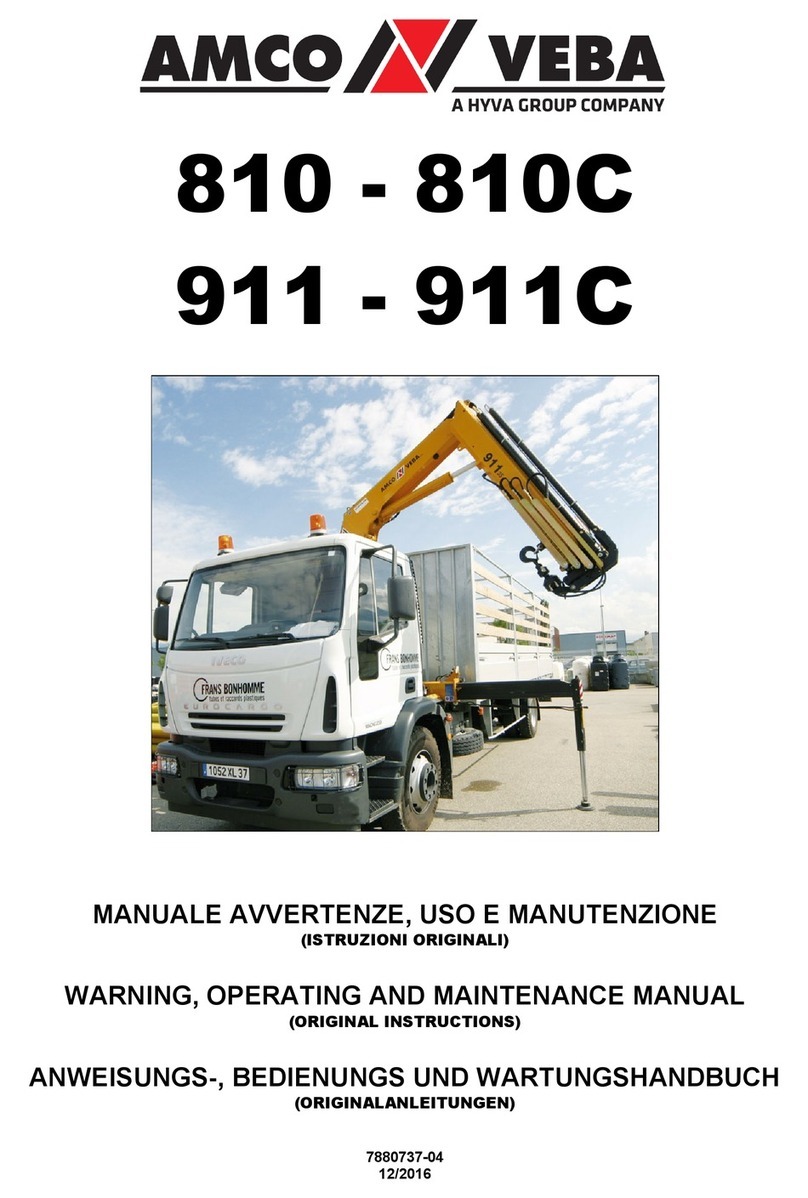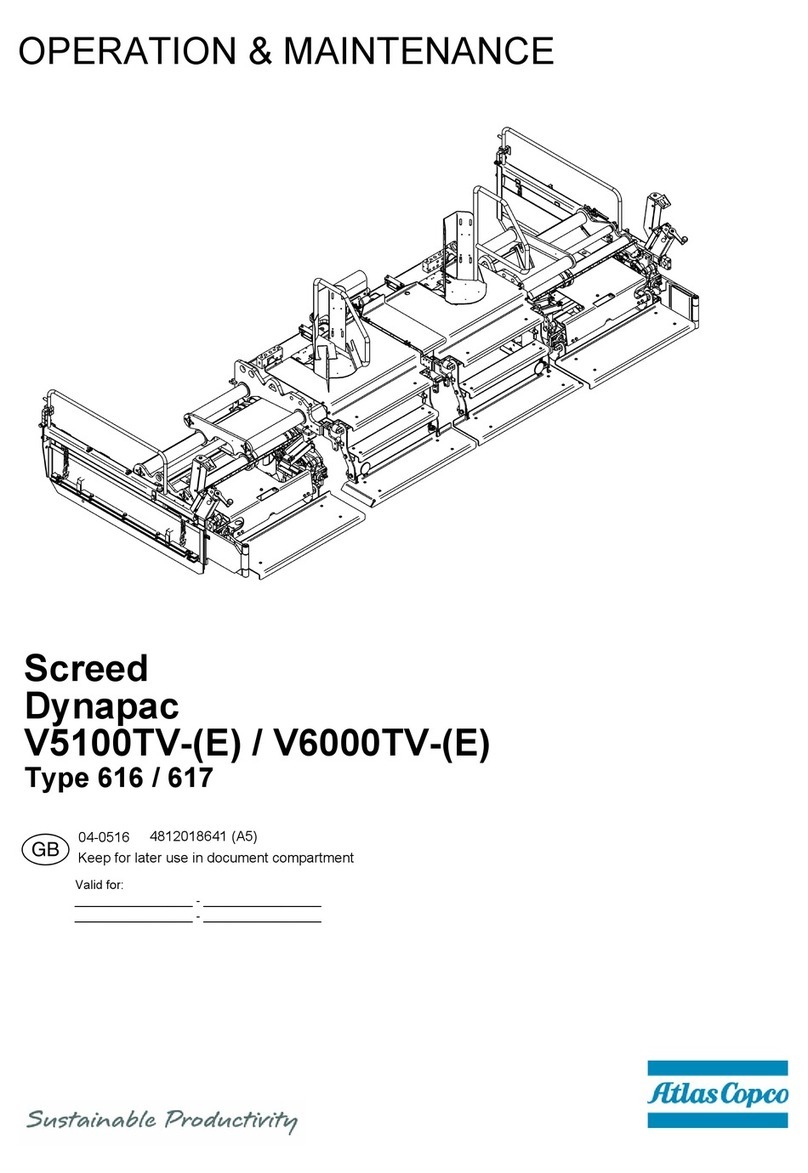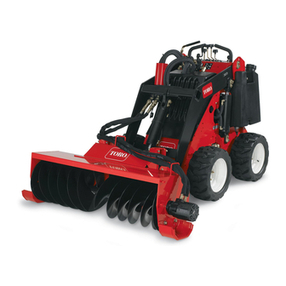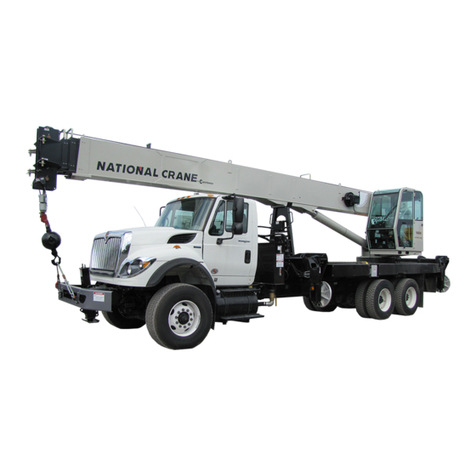
1.6 TABLE OF CONTENTS INTRODUCTION
10
3.3 OPERATOR’S CAB - CONTROLS .................................................................................................. 72
3.3.1 CONTROLS WITH BACKHOE ATTACHMENT .................................................................. 72
3.3.2 CONTROLS WITH BOTTOM DUMP BUCKET ................................................................... 76
3.3.3 OPERATOR’S CONSOLE ................................................................................................... 81
3.4 ELECTRONIC TEXT MONITORING SYSTEM ETM ....................................................................... 88
3.4.1 INTRODUCTION ................................................................................................................. 89
3.4.2 SYSTEM COMPONENTS ................................................................................................... 93
3.4.3 FUNCTIONS OF THE ETM SYSTEM ................................................................................. 95
3.4.4 DISPLAY THE CONTENTS OF THE RECORD (PROTOCOL) MEMORY ......................... 99
3.4.5 SEVERAL MESSAGE CONDITIONS OCCUR AT THE SAME TIME ............................... 111
3.4.6 SETTINGS OF THE TEXT DISPLAY UNIT ....................................................................... 113
3.5 OPERATING THE HEATER, VENTILATION AND AIR CONDITIONING ..................................... 128
3.5.1 CONTROL MODULE FOR AUXILIARY CAB HEATER (IF SO EQUIPPED) .................... 133
3.5.2 AUXILIARY HEATER FOR OPERATORS CAB (IF SO EQUIPPED) ............................... 135
3.5.3 AUXILLIARY HEATER FOR OPERATORS CAB (IF SO EQUIPPED) ............................. 137
3.5.4 FUEL PUMP ARRANGEMENT ......................................................................................... 139
3.6 MACHINERY HOUSE .................................................................................................................... 140
3.6.1 EMERGENCY ENGINE SHUTDOWN SWITCHES .......................................................... 141
3.7 ELECTRICAL EQUIPMENT IN CAB BASE .................................................................................. 142
3.7.1 SWITCH BOX (X2) IN CAB BASE .................................................................................... 147
3.7.2 COMPONENTS OF ELECTRICAL PREHEATING SYSTEM IN CAB BASE .................... 151
3.8 PREHEATING SYSTEMS .............................................................................................................. 156
3.8.1 FOR OIL, COOLANT AND BATTERIES ........................................................................... 156
3.8.2 HEATERS FOR MACHINERY HOUSE (SPECIAL EQUIPMENT) .................................... 162
3.9 CHECKS BEFORE STARTING THE ENGINE .............................................................................. 164
3.10 STARTING THE ENGINE .............................................................................................................. 170
3.10.1 STARTING PROCEDURE ................................................................................................ 171
3.10.2 STARTING PROCEDURE AT AMBIENT TEMPERATURE UP TO -25° .......................... 173
3.11 MOVING THE SHOVEL ................................................................................................................. 182
3.11.1 TRAVEL CONTROL WITH FOOT PEDALS ...................................................................... 182
3.11.2 TRAVELLING INSTRUCTIONS ........................................................................................ 185
3.12 SLEWING AND BRAKING THE SUPERSTRUCTURE ................................................................. 186
3.12.1 SLEWING THE SUPERSTRUCTURE .............................................................................. 186
3.13 WORKING WITH THE ATTACHMENT .......................................................................................... 189
3.13.1 MACHINES EQUIPPED WITH”EURO” CONTROL SYSTEM ........................................... 189
3.13.2 MACHINES EQUIPPED WITH”KMG” CONTROL SYSTEM ............................................. 190
3.13.3 BOTTOM DUMP BUCKET ................................................................................................ 191
3.13.4 DROP BALL OPERATION ................................................................................................ 192
3.13.5 COMBINED OPERATION CYCLES .................................................................................. 195

